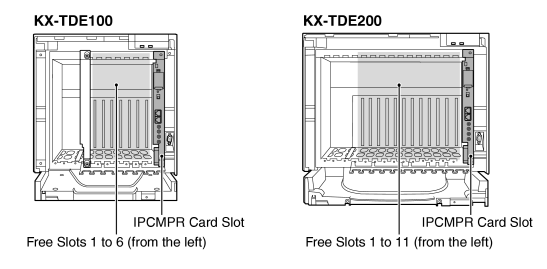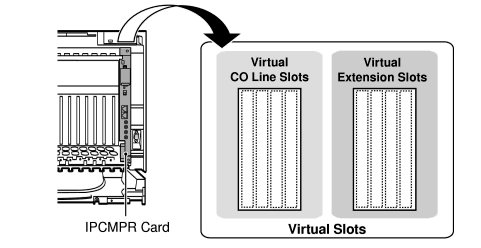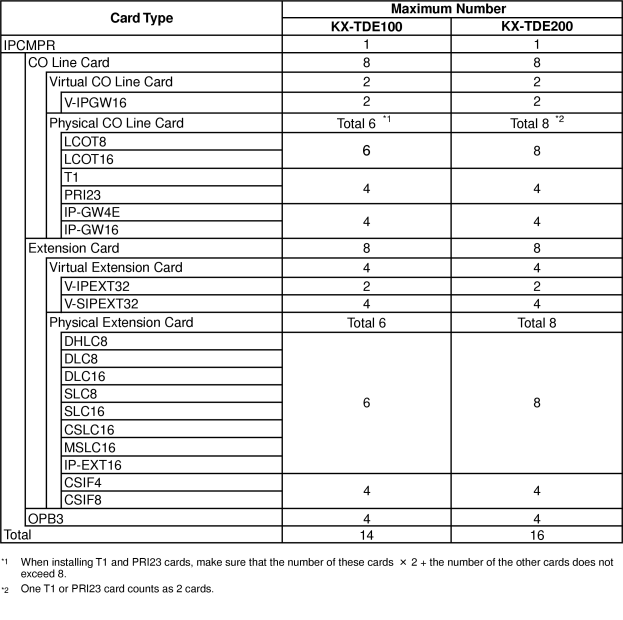|
|
| Original bus (16-bit, 8 MHz, 10 megabytes per second) |
|
|
|
| H.100 bus conformity (1024 time slots) |
|
|
|
|
|
|
|
| 100 V AC to 130 V AC; 1.4 A/200 V AC to 240 V AC; 0.8 A; 50 Hz/60 Hz |
|
|
|
| 100 V AC to 130 V AC; 2.5 A/200 V AC to 240 V AC; 1.4 A; 50 Hz/60 Hz |
|
|
|
| 100 V AC to 130 V AC; 5.1 A/200 V AC to 240 V AC; 2.55 A; 50 Hz/60 Hz |
|
Maximum Power Failure Tolerance  |
|
|
|
|
|
|
|
|
Dial Pulse (DP) 10 pps, 20 pps
Tone (DTMF) Dialing |
|
|
|
Dial Pulse (DP) 10 pps, 20 pps
Tone (DTMF) Dialing |
|
|
|
|
|
|
|
| Central Office Loop Limit |
|
|
|
|
|
| 0 °C to 40 °C (32 °F to 104 °F) |
|
|
|
| 10 % to 90 % (non-condensing) |
|
|
|
| From 10 × 3-party conference call to 4 × 8-party conference call |
|
|
|
2 ports (Level Control: -11 dB to +11 dB in 1 dB steps)
MOH1: External Music Source port
MOH2: Selectable Internal/External Music Source port |
|
|
|
|
| Level Control: -15 dB to +6 dB in 3 dB steps |
|
|
|
| 2 ports (Volume Control: -15 dB to +15 dB in 1 dB steps) |
|
|
|
|
|
|
|
|
|
|
|
|
| Extension Connection Cable |
|
|
|
|
|
1-pair wire (D1, D2) or
2-pair wire (T, R, D1, D2) |
|
|
|
| 2-pair wire (T, R, D1, D2) |
|
|
|
|
| PT-interface CS (High-density) |
|
|
| DSS Console and Add-on Key Module |
|
|
|
|
|
334 mm (W) × 390 mm (H) × 272 mm (D)
(13-1/3 in × 15-3/5 in × 10-3/4 in) |
|
|
|
430 mm (W) × 415 mm (H) × 276 mm (D)
(17-1/5 in × 16-3/5 in × 10-7/8 in) |
|
| Weight (when fully mounted) |
|
|
|
|
|
|



